Crosses of Bolton by Bowland
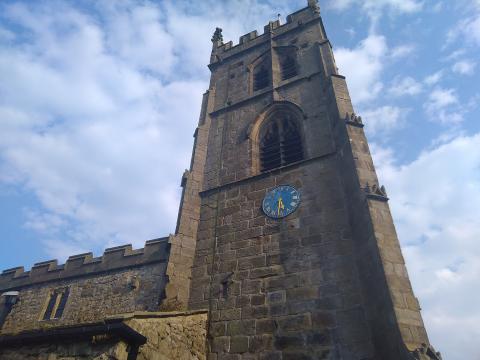
Inbetween visiting and attending our chapel’s mid-week service, I spent a couple of hours in Bolton-by-Bowland, a rather picturesque, chocolate-box village between Clitheroe and Gisburn. My Ordnance Survey advised of the presence of no fewer than five medieval stone crosses within its environs. Why the place was so godly- or so ungodly- to warrant such constructions, I cannot say. I walked to each one, in turn.
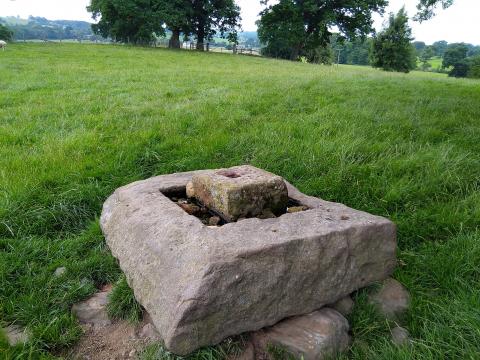
The first was down the private road by Skirden Bridge. There is a good base present, though the shaft is missing.
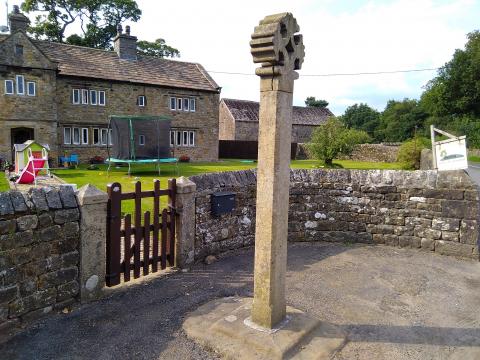
The second was rather more complete, and stood across the valley at Bolton Peel Farm. Right by the garden gateway does this bold monolith rise, and I was a little uncomfortable photographing it right outside a family home. I had to walk through a field with maize growing to get to it and from thence up a steep hill, so I was determined not to go home without seeing it. To the rear of the present, seventeenth-century farm are the remains of a moated settlement, suggesting the former residence of some petty warlord. Perhaps he needed a cross by his fortress to remind him of the Great Day at which he would be held to account.
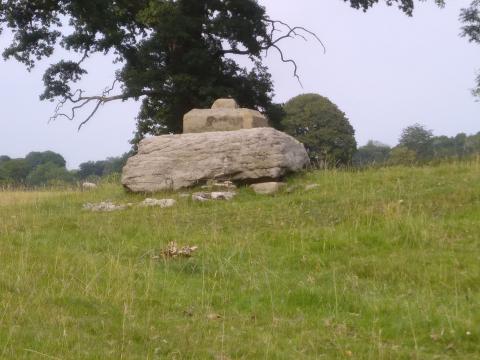
The next cross, this time just a base, stood across the fields not far from Bolton Hall Farm, and the rather exclusive looking King Henry’s Mews. I passed a few of the residents there, who struck me as unnecessarily haughty, one not even returning a greeting. I guess anyone who lives in a mew named after a monarch has a right to haughtiness, yet Henry VI, after whom the place is named, was known for humility, ironically.

The fourth cross, though missing its head, had a decent shaft and impressive, worn steps up to it, and is located in the village itself. Close by were the village stocks, and just across the lane, the modern war memorial. This is itself a cross, a testament to the killing fields of Flanders and Normandy.
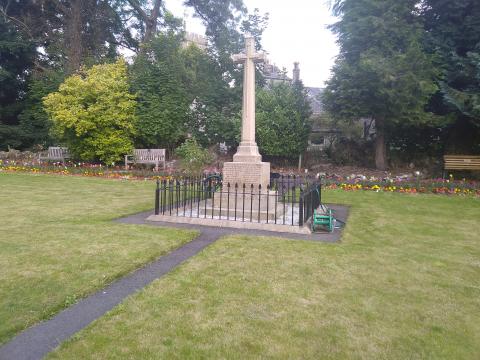
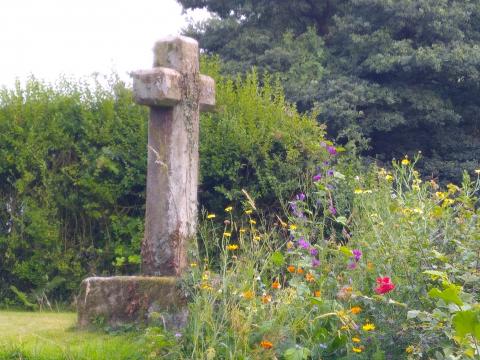
The final old example was Stump Cross, found a mile or so to the village’s north-east on the Hellifield Road. It was in a private garden, and I managed to swallow my scruples by standing next to the fence and snapping. The head looked less ancient than he base, but this is often the case, and even its name suggests it was rather short until quite recently.
So what were they? Often, before the construction of parish churches, a preaching station was erected where locals could gather to hear an itinerant preacher. As churches were constructed (Bolton by Bowland’s, top, is fifteenth-century) the crosses’ importance may have diminished. They became meeting places, where business deals were witnessed, or mere local landmarks. The puritans generally considered them to be remains of Popish superstition and were loathe to let them stand. The ones in good repair are likely restored or replaced; the stumps and bases are probably what the seventeenth-century godly reformers suffered to survive.
In many respects, these old stone crosses are a picture of Christianity in this country. Though decayed and delipidated, there they stand or sit. To many, they are worth a moment’s curiosity; others will walk or drive by without giving any heed. Yet others might ponder why our ancestors went to such trouble and expense to have representations of Christ’s cross displayed throughout the land. Says Proverbs 22:28: Remove not the ancient landmark, which thy fathers have set. Sadly, we British have been doing this for the last 150 years, as we systematically secularise the nation, concealing our Christian heritage and gospel inheritance.
- Log in to post comments


 Sunday Worship 10.45am & 6.00pm
Sunday Worship 10.45am & 6.00pm